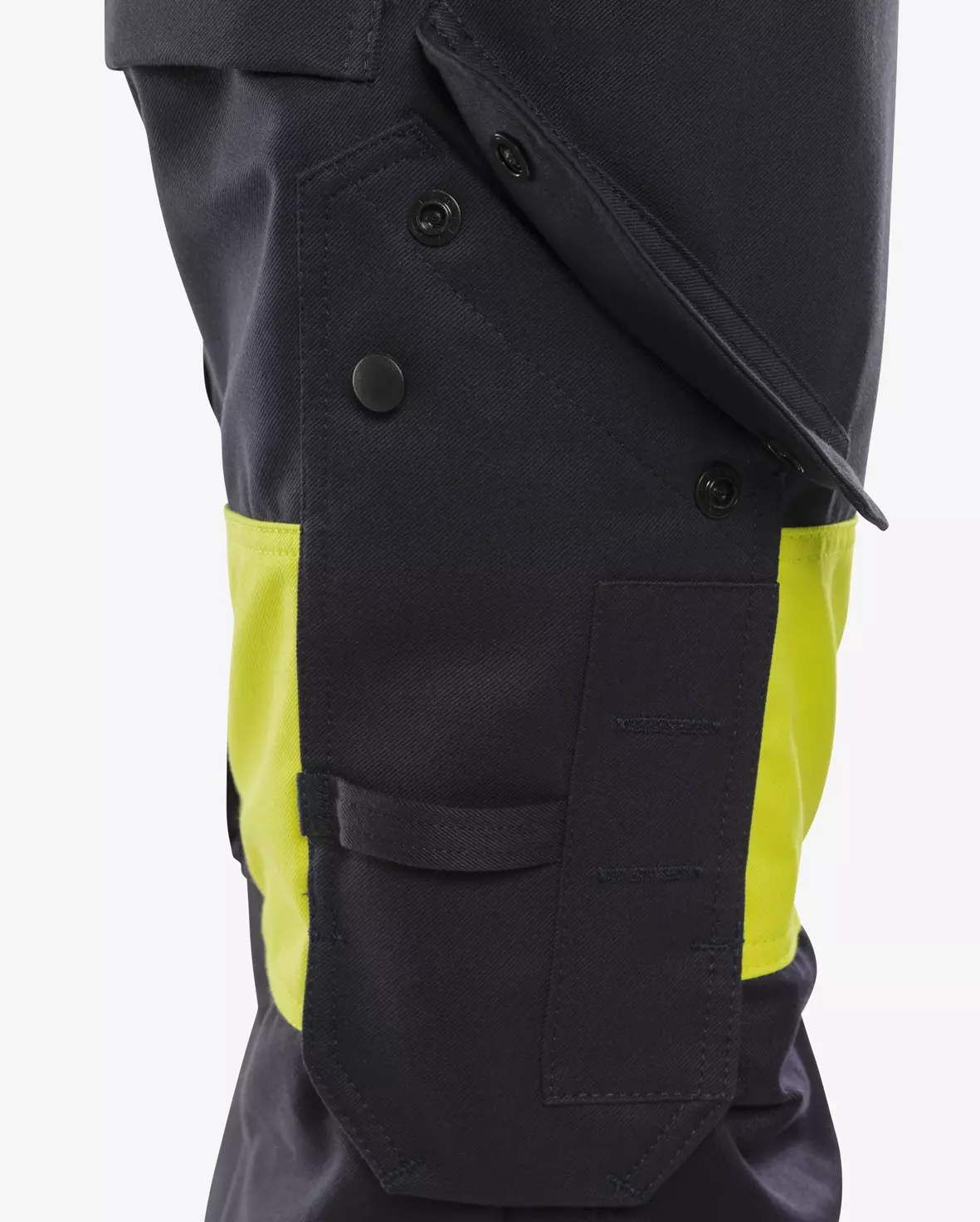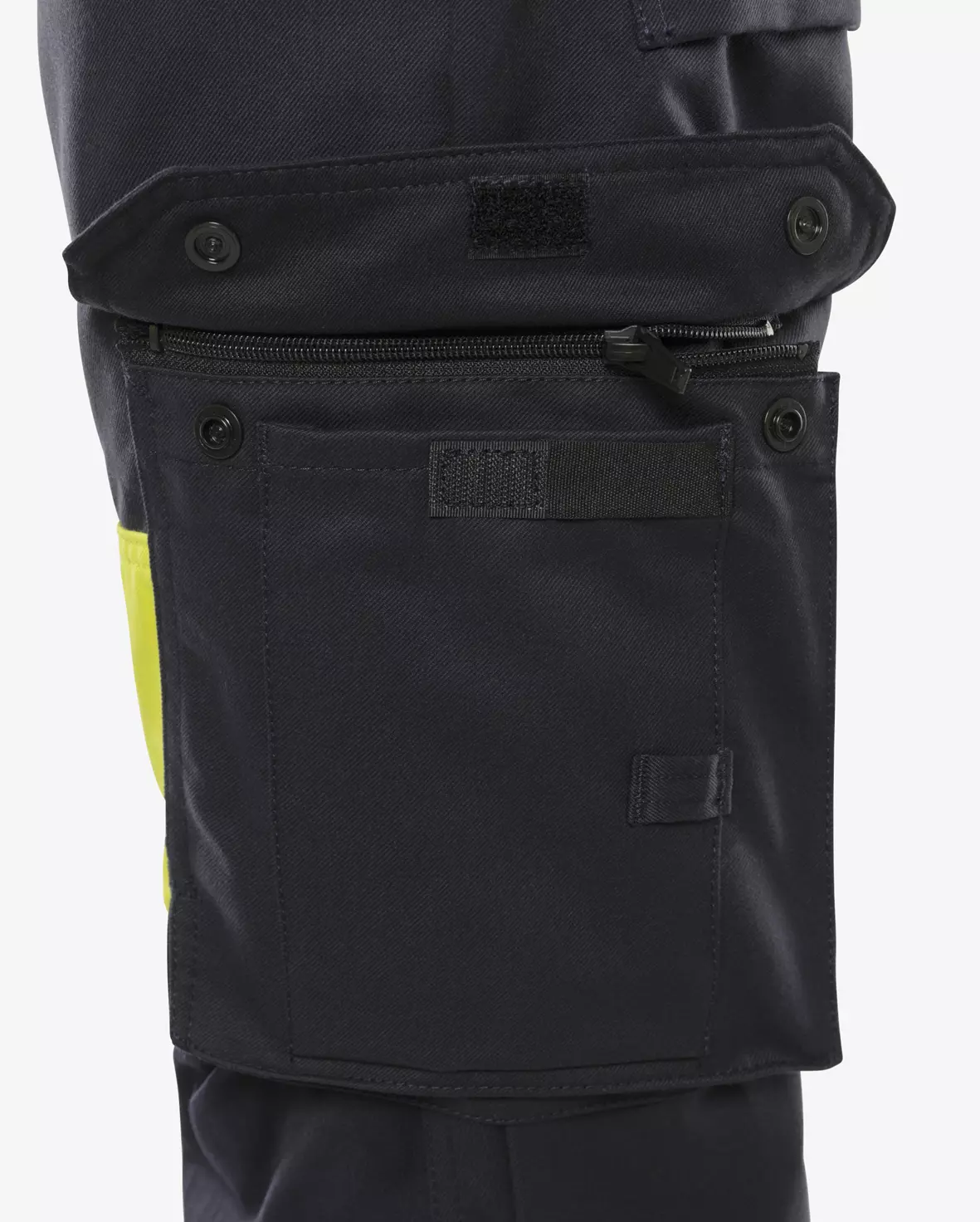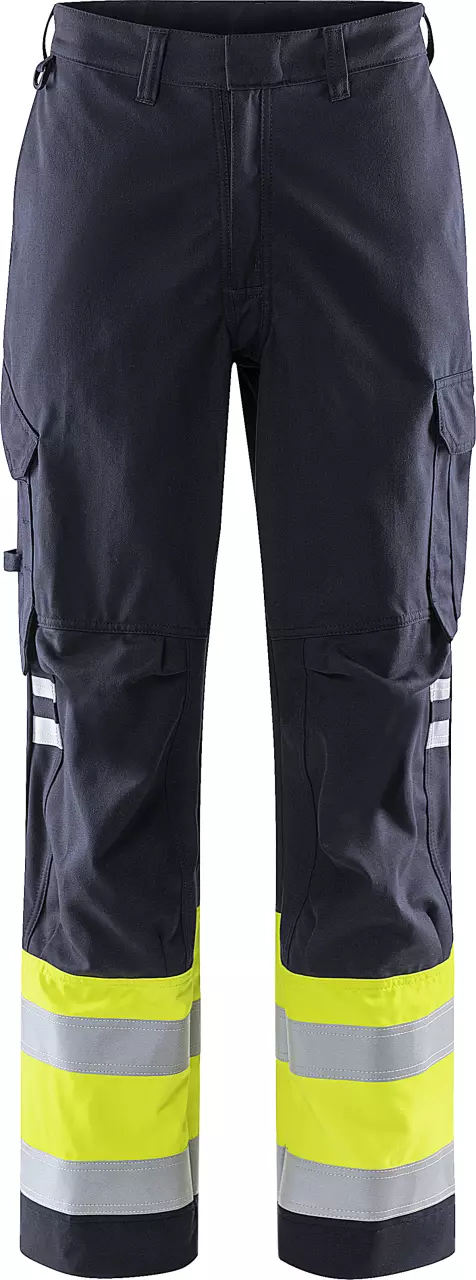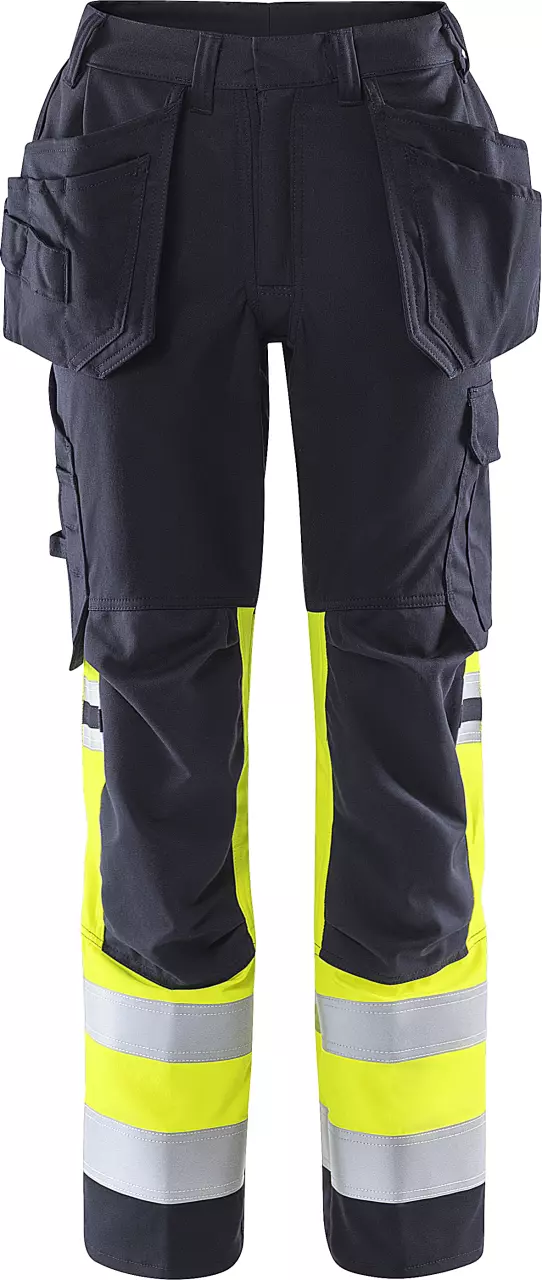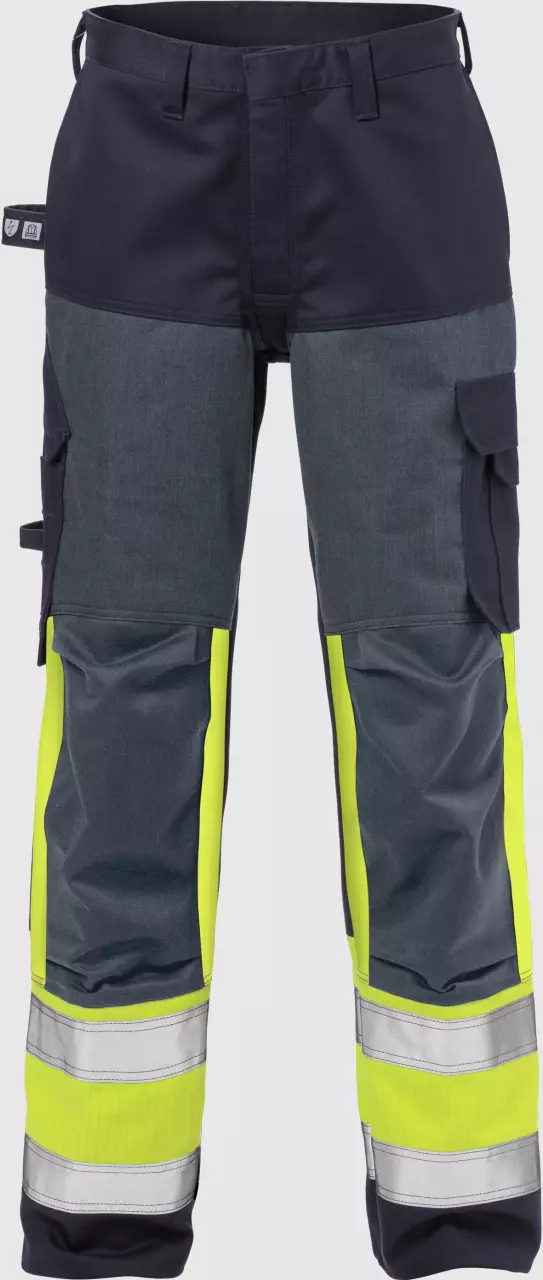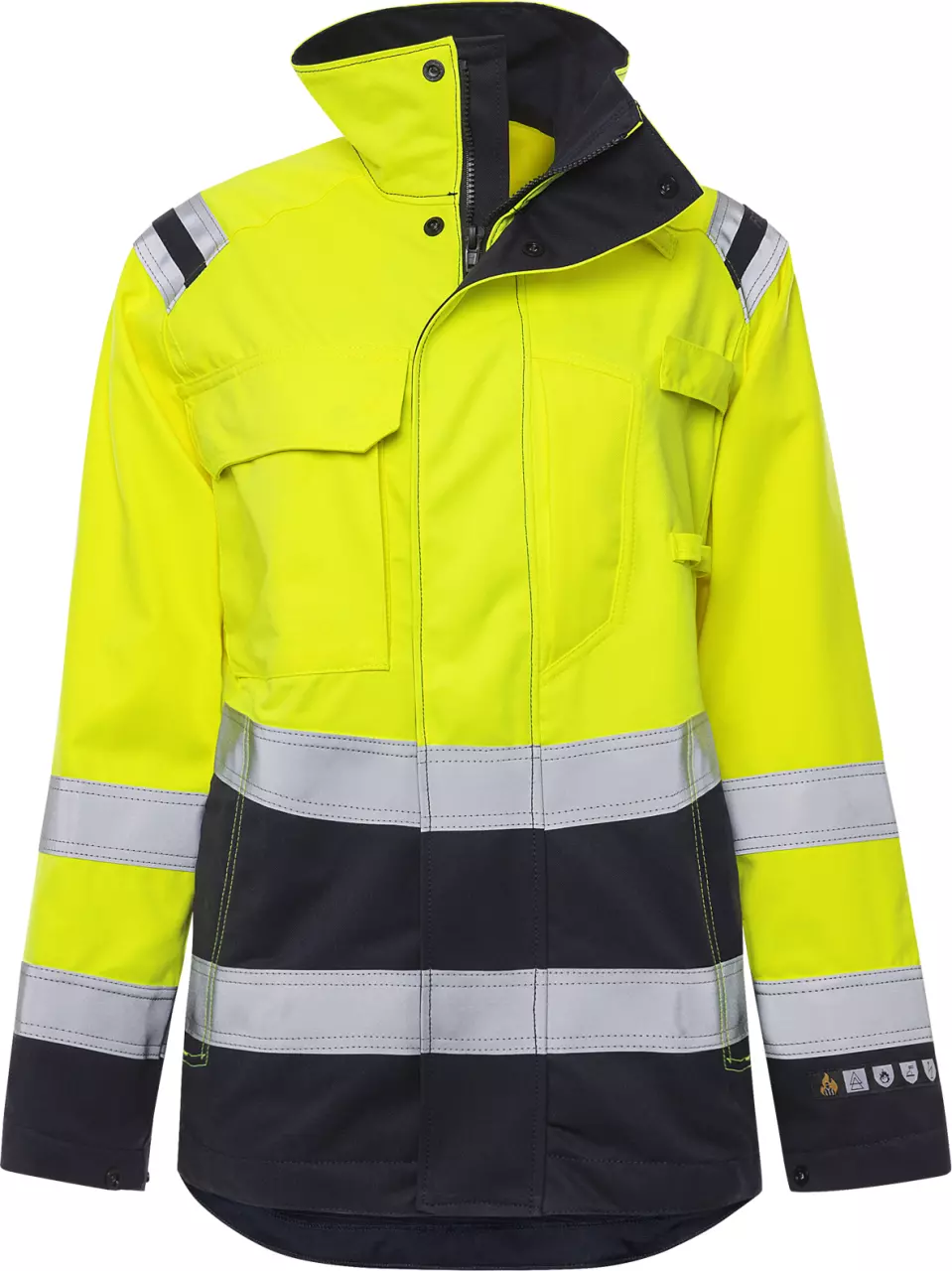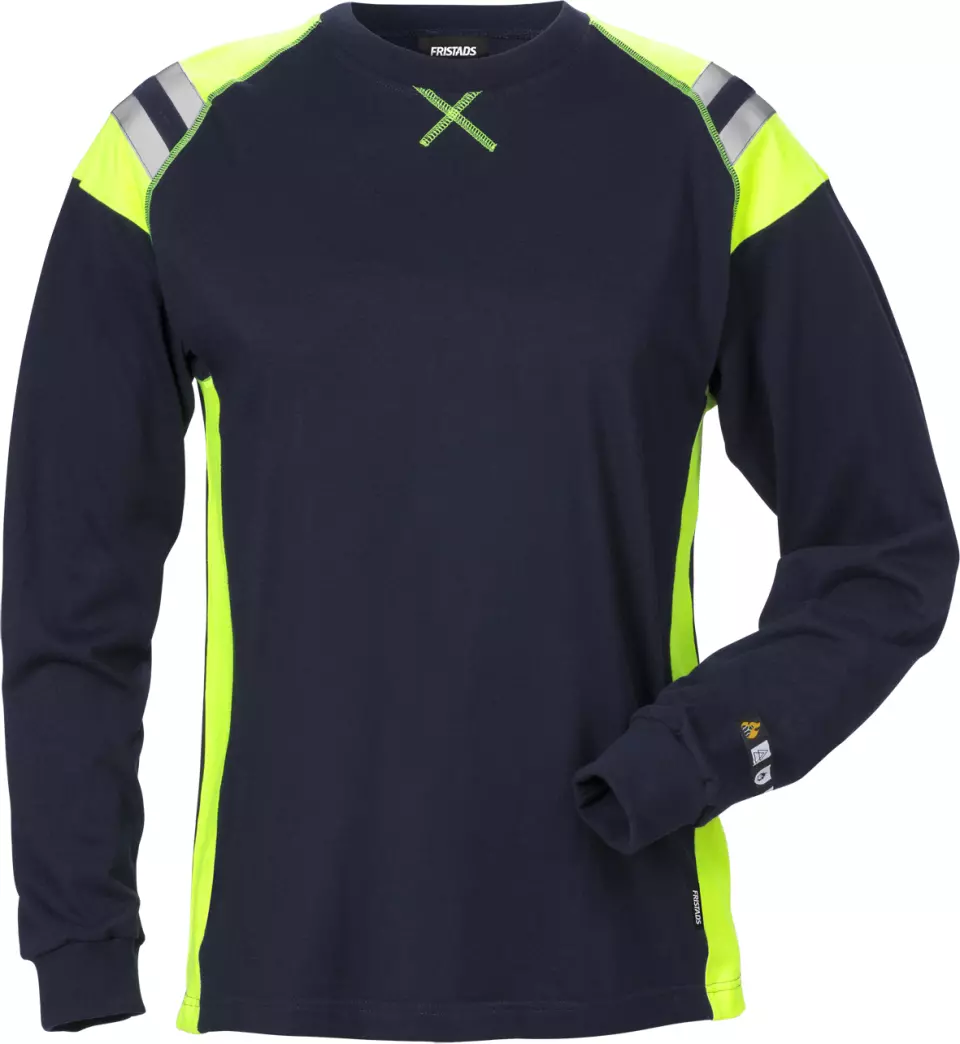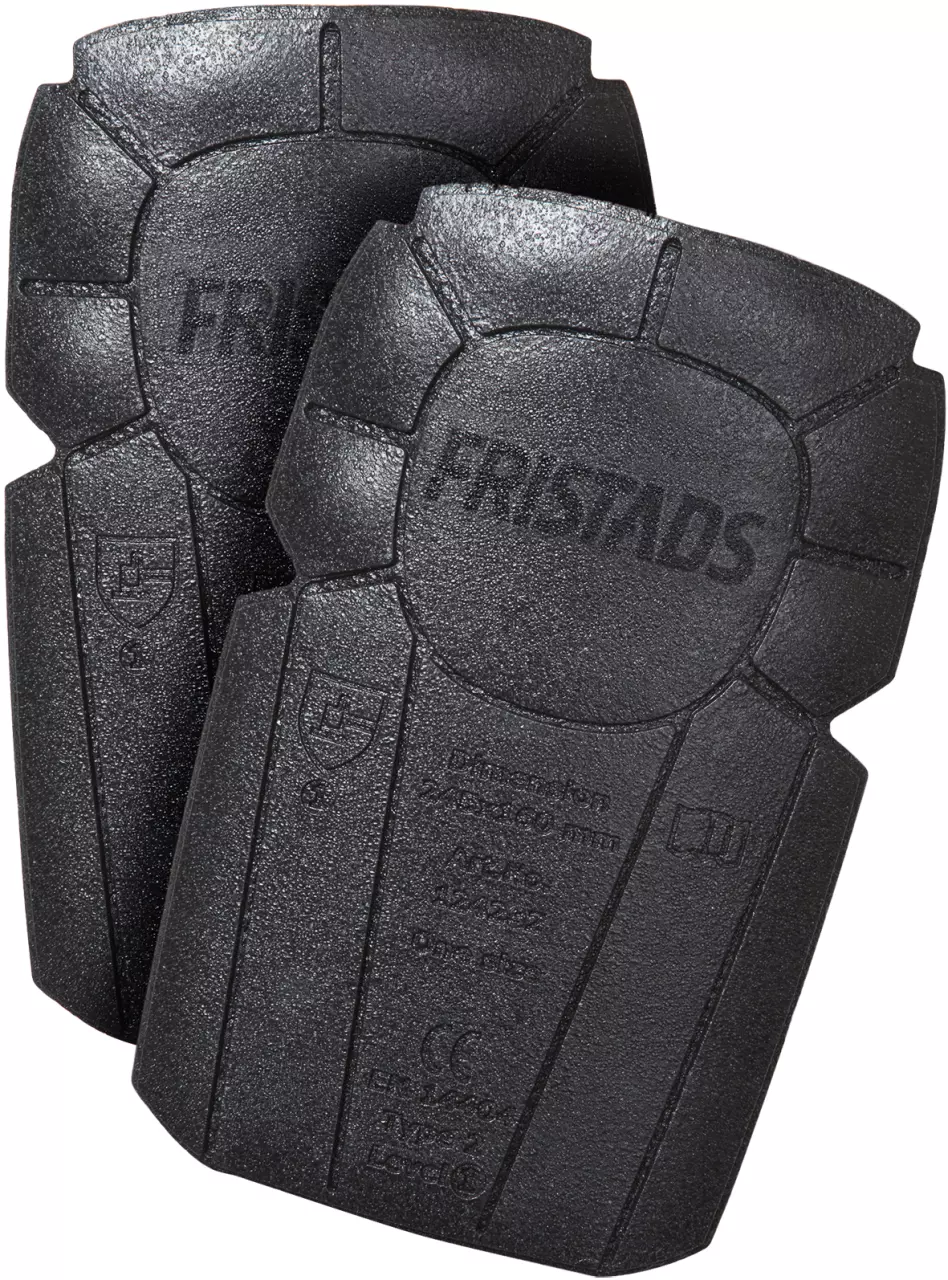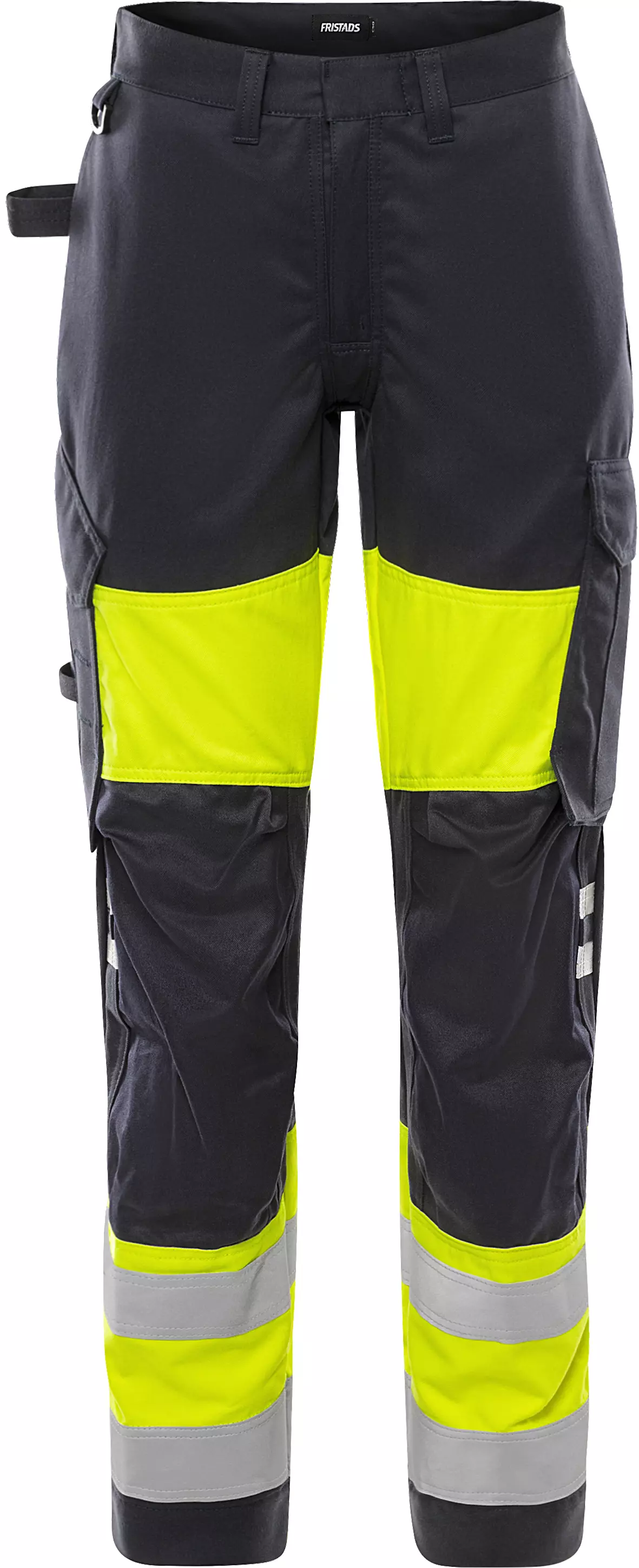


Features You'll Love
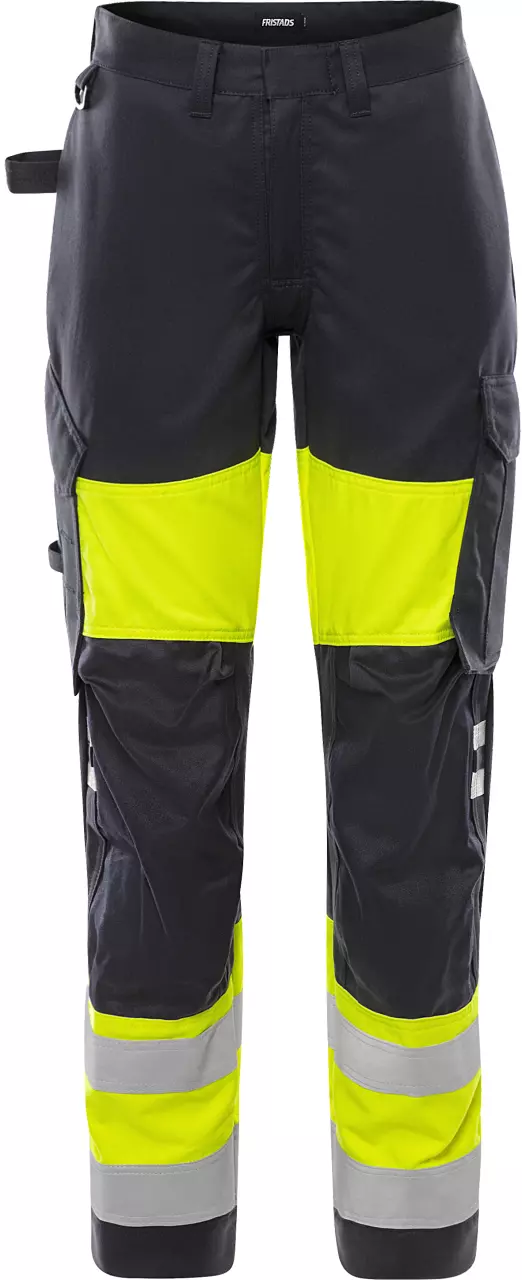
Pocket System · Knee Pad Pockets
Integrated knee pad pockets provide cushioning and protection, letting you work comfortably and safely on your knees.

EN 1149-5 · Material Performance Tested
This garment's material is tested to reduce static electricity buildup. It helps prevent sparks that could cause a fire or explosion in certain work environments, keeping you safer around flammable materials or sensitive electronics.

EN ISO 20471 · Reflective Strip Area Grade 1
Provides the lowest level of visibility for low-risk situations. It is intended for use in off-road areas or where traffic speeds are below 30 km/h, such as in parking lots or warehouses.
Fristads
Flamestat Ladies' High Vis Trousers Class 1 2776 ATHS
Flamestat Ladies' High Vis Trousers Class 1 2776 ATHS
4.5 / 5
226,86 €
Choose size
Free delivery
Features You'll Love

Pocket System · Knee Pad Pockets
Integrated knee pad pockets provide cushioning and protection, letting you work comfortably and safely on your knees.

EN 1149-5 · Material Performance Tested
This garment's material is tested to reduce static electricity buildup. It helps prevent sparks that could cause a fire or explosion in certain work environments, keeping you safer around flammable materials or sensitive electronics.

EN ISO 20471 · Reflective Strip Area Grade 1
Provides the lowest level of visibility for low-risk situations. It is intended for use in off-road areas or where traffic speeds are below 30 km/h, such as in parking lots or warehouses.
Product description
These flame-resistant high-visibility trousers for women offer comprehensive protection through dirt-, oil- and water-repellent properties as well as multiple safety certifications. The trousers feature CORDURA®-reinforced areas at critical points, pre-shaped knees with height-adjustable knee pockets and practical pocket equipment for professional use. With their robust construction and 2-needle seams on the reflective tape, they ensure durability and visibility in demanding work environments.
Product Features:
- Dirt-, oil- and water-repellent
- Concealed front button with D-ring on waistband
- 2 front pockets and 2 CORDURA®-reinforced back pockets with flaps
- Leg pocket with flap, concealed snap closure, phone pocket and loop for ID holder
- CORDURA®-reinforced ruler pocket with pen holder, button and loop for knife sheath
Technical Details:
- Material weight: 300 g/m²
- Body zone: Lower body
- Pre-shaped knees with CORDURA®-reinforced knee pockets and inner opening
- Height adjustment for knee pads in knee pocket
- Double-reinforced crotch seam and CORDURA®-reinforced leg hems
- 2-needle seams on reflective tape
- Leg length adjustable with 5 cm hem allowance
Standards:
- EN 14404 together with knee pads 124292
- EN 61482-1-2 APC 1
- EN 61482-1-1 ELIM: 9 cal/cm²
- EN ISO 11612 A1 A2 B1 C1 E2 F1
- EN ISO 11611 A1 A2 Class 1
- EN 1149-5
- EN 13034 Type PB [6]
- EN ISO 20471 Class 1
- Certified after 50 wash cycles
- Industrial laundry tested according to ISO 15797
- OEKO-TEX® certified



